Artificial intelligence (AI) continues to push the boundaries of human creativity, and one fascinating area of exploration is AI-generated art. Through the use of advanced algorithms, artists and researchers are leveraging techniques such as generative adversarial networks (GANs) to create visually captivating and thought-provoking images. One intriguing approach involves using a seed image as a starting point to generate unique and imaginative artworks. In this article, we delve into the world of AI-generated art and explore the process of creating captivating visuals through seed images.
Unleashing the Power of GANs
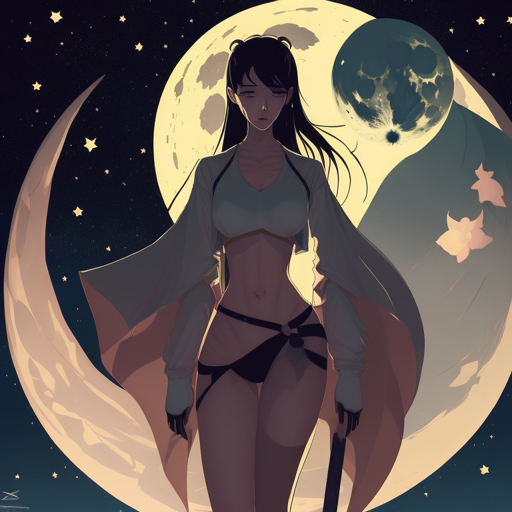
At the heart of AI-generated art lies the concept of generative adversarial networks (GANs). These networks consist of a generator and a discriminator. During training, a large dataset of images is fed into the GAN, allowing the generator to learn patterns, textures, and artistic styles. The discriminator, on the other hand, learns to differentiate between real and generated images. This adversarial setup drives the GAN to continuously improve its ability to create visually compelling artwork.
Seeding the Creative Process
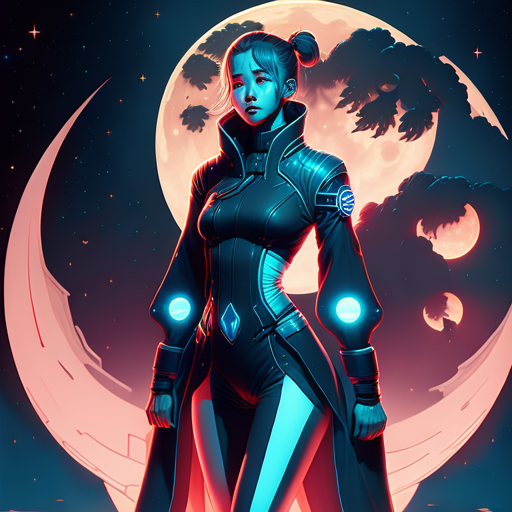
The process of AI-generated art begins with the selection of a seed image. This image serves as a source of inspiration, a guiding light for the AI algorithm. Artists and enthusiasts can choose a photograph, an existing artwork, or any visual that sparks their creativity. The seed image becomes the starting point, igniting the generation of novel and unique artworks that share certain characteristics with the original source.
Unleashing Creativity
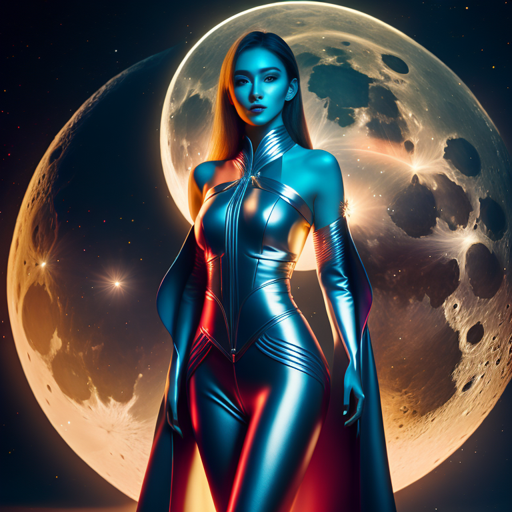
Once the seed image is chosen, it is inputted into the trained GAN. The generator network processes the seed image through its neural network, applying learned transformations and patterns. This process leads to the creation of a new image, one that is distinct from the seed image yet connected through underlying aesthetics and features. The generated artwork showcases the AI algorithm’s ability to combine elements from the seed image with its learned understanding of artistic composition.
Refining the Artistic Vision
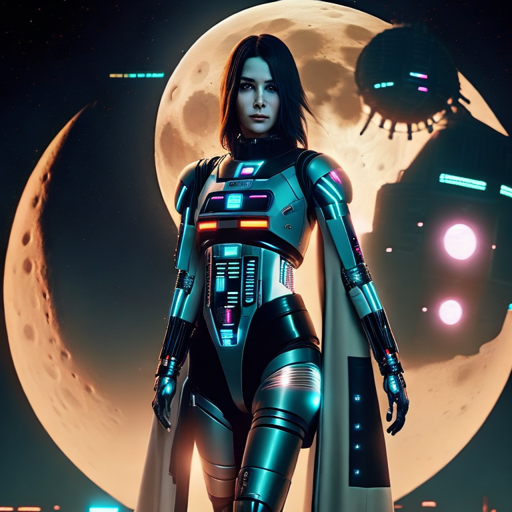
The journey of AI-generated art doesn’t end with a single output. Through iteration and experimentation, artists and researchers refine and modify the generated image. They can tweak the generator’s parameters or employ techniques like style transfer, enabling the exploration of various artistic styles and expressions. The iterative process unlocks a plethora of possibilities, allowing for the creation of a diverse range of captivating and evocative visual compositions.
Artistic Styles: From Realism to Abstraction

AI-generated art spans a broad spectrum of artistic styles. Depending on the training data, the GAN configuration, and the artistic intent, the resulting images can exhibit realism, capturing intricate details and lifelike qualities. Alternatively, the AI algorithm can venture into abstraction, creating mesmerizing compositions that transcend the boundaries of the physical world. The diversity of styles showcases the versatility and adaptability of AI as a creative tool.
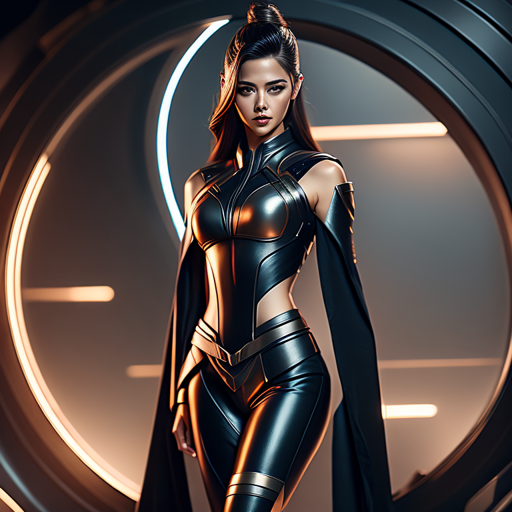

Leave a Reply